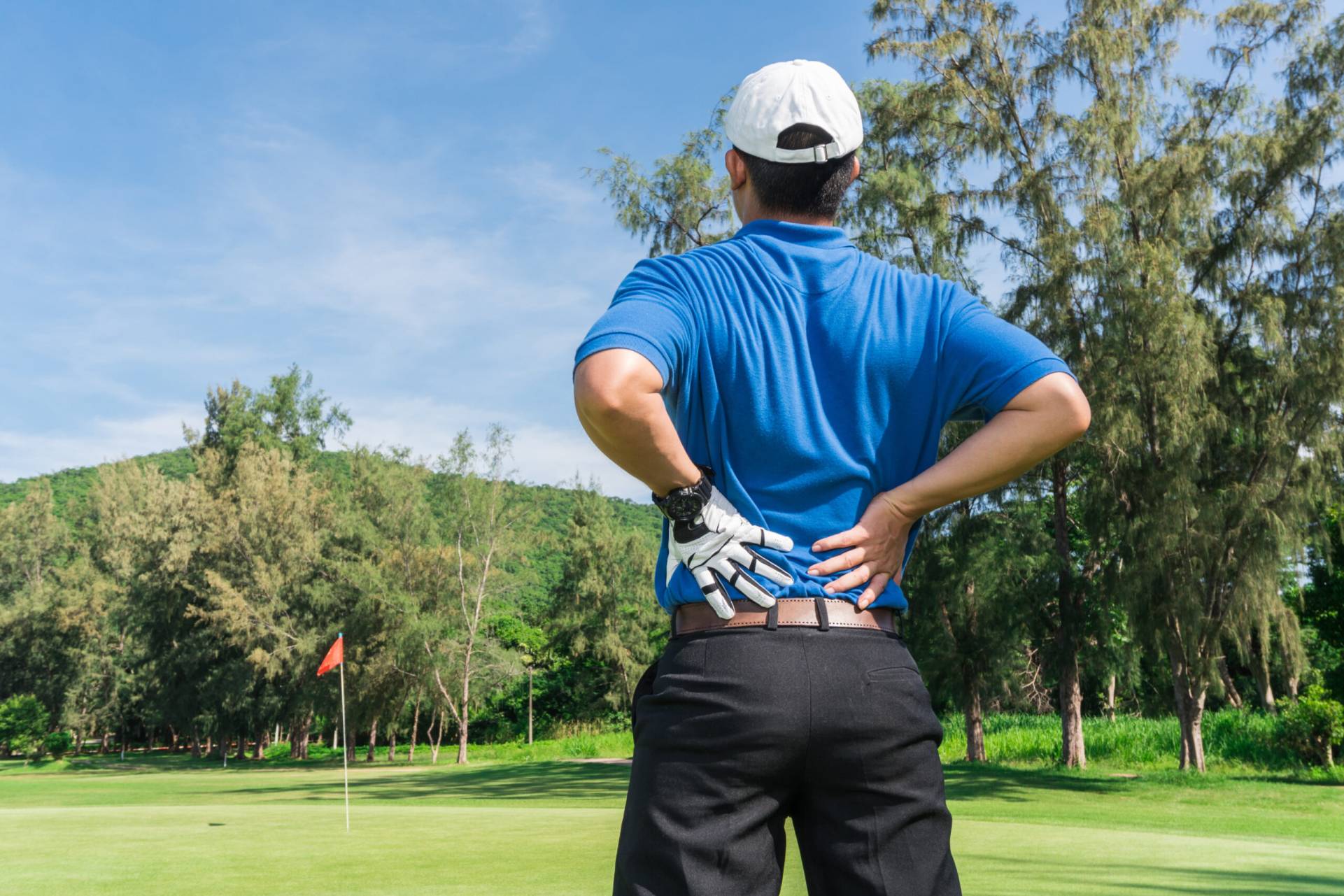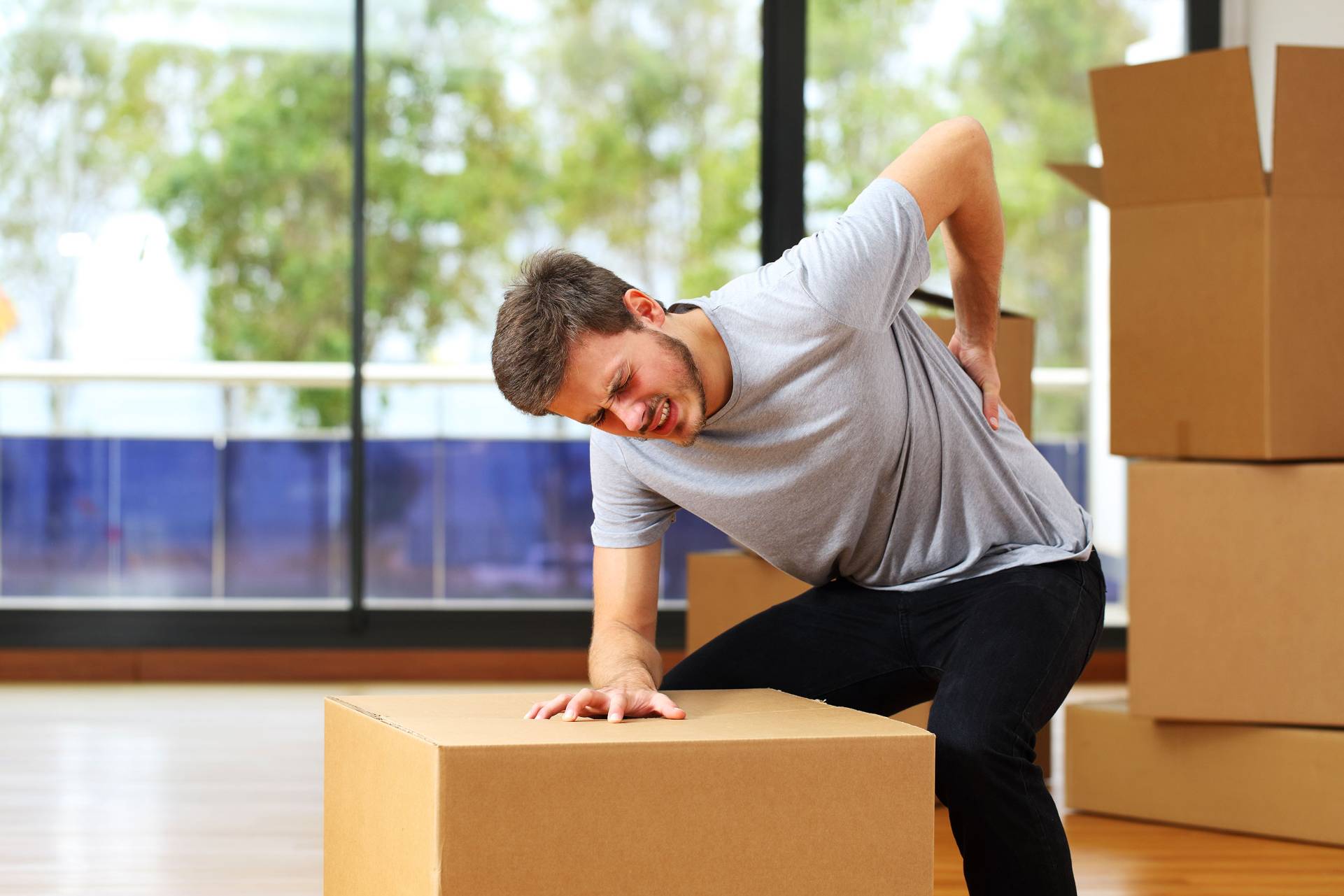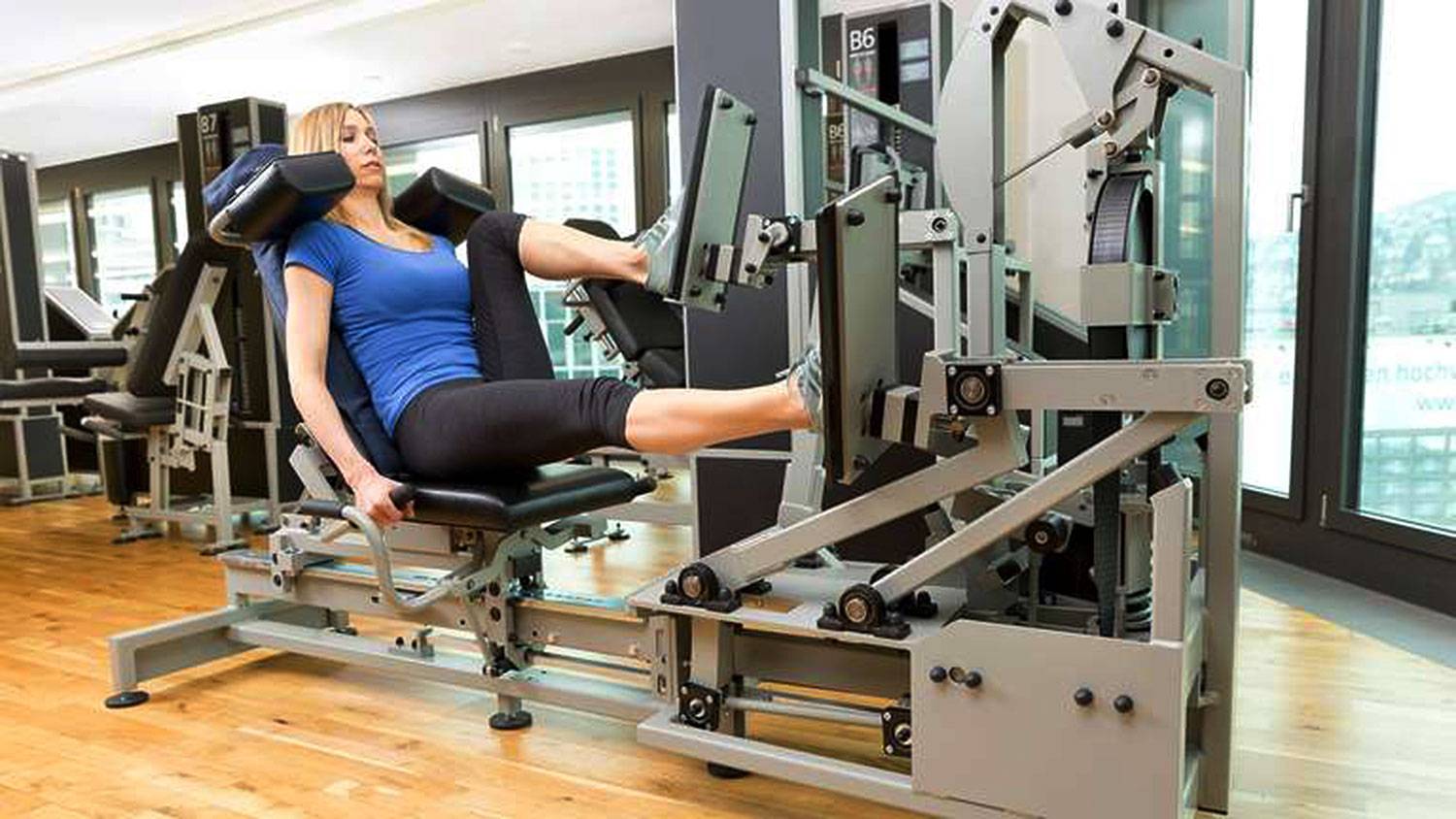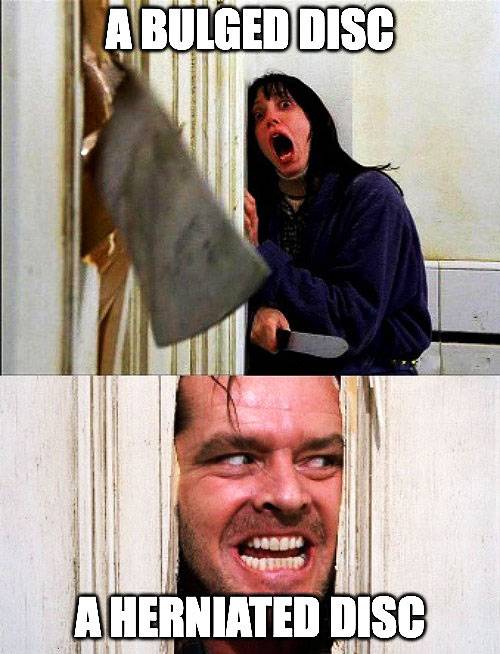a bit more about sciatica

If you want the best treatment for sciatica, you’re in the right place.
Sciatica is another common diagnosis from medical practitioners and other uniformed people, but, similar to degenerative disc disease, it’s an innacurate term.
Sciatica simply means that the sciatic nerve, the longest nerve in the body, with it’s origin at the most common area for disc pathology, the L4-L5 levels, is irritated. This irritation can be from a number of a causes, such as a disc bulge – most likely – muscular causes, a spondylolithesis or retrololithesis(forward or rearward slippage of a vertebrae), stenosis and other age related changes, or micro movements caused by instability.
The last point is particularly important. It’s quite possible for someone to have a disc bulge at the L4-5 level, for instance, which will be diagnosed as the cause of problems, but the actual issue is instability at the joint above (or below). Treating the bulge and not the instability will end with failed rehabilitation.
Piriformis syndrome is a common term for the muscular causes of sciatica. The piriformis muscle is a small muscle deep within the hip. Depending on anatomical variation, the sciatic nerve may pass over, above or split the piriformis muscle, which, when tightened through weakness or overuse, irritates the nerve.
Symptoms of Sciatica
The Best Treatment for Sciatica
The most likely reason for sciatica developing is a disc bulge. Treating a disc bulge is relatively easy, but finding out the reason why you have a disc bulge is more important and requires a solid understanding of lumbar spine injury mechanisms. Most likely, poor movement patterns have overloaded the lumbar structures and resulted in a disc bulge.
Treatment would therefore be based upon restoring correct movement and motor patterns, and developing strength in the relative areas. If instability is the major issue, then core stability will be the main focus (which may also have a movement pattern disorder).
If muscular causes are the main reason causing sciatica, then it could involve either a long or short piriformis muscle, which need appropriate strengthening or stretching exercises.
When diagnosed with sciatica, many people are told to stretch the hamstrings. Not only will this make the problem worse, the reasons the hamstrings are most likely tight is due to nervous tension. Stretching nerves only irritates them further.
Instead, nerve flossing is the better method, but whether this is necessary depends on the type of sciatic pain. Correct assessment is, as always, the key behind resolution. Nerves can become stuck or frictioned, and the gentle movement frees them.

Sciatica is a common diagnosis, and it is vital to fully assess what the pain triggers are before commencing treatment. Sciatic pain from a disc bulge will always be in the same location. Sciatica caused from micro movements will tend to vary location. In older spines, extension-related activities such as walking, rather than flexion movements, tend to be the cause of pain.

Sciatic pain due to stenosis may appear at a certain distance when walking or at a particular point in activity. It’s necessary to therefore stop the activity before symptoms commence, in order for the pain to wind down. This may mean going for three 20 minute walks a day instead of a single hour long walk.
A good technique for some is the park bench decompression, performed here by Dr Stuart McGill himself at home. It’s particularly effective for those with stenosis with an extension-based irritation.
The key is to push down with your hands to decompress the spine, while moving your hips toward the bench.
The passive, active and neural approach to spine dysfunction is related to the three systems which provide stability to the spine.
Discs, ligamaments are bones are passive tissues – you can’t contract them. Muscles comprise the active system. The neural system are movement and motor control patterns.
Simply, when a passive structure such as a disc is injured, then the other two systems must make up for the resultant decrease in stability, hence the importance of correcting movement dysfunction, restoring motor control, developing core stability, and improving mobility restrictions. Pain from sciatic irritation is no different.



Stuart McGill’s Big 3 is the starting point for most lower back rehabilitation for a simple reason – they work. They help develop the vital core stability essential for daily function in the most spine-sparing manner possible. Whether sciatic pain is triggered by a disc issue, stenosis, spondylolisthesis or instability, these three exercises, and the progressions that may follow, are fundamental to successful outcomes.
Back pain isn’t for life – unless you want it to be
related articles





Golf is perhaps the one sport most closely associated with lower back pain. Around 30% of golfers experience back pain during or after golf. Is this related to the actions of the golf swing itself, or other factors?
Disc injury is the most common form of lower back pain. Bulges, age-related degeneration, lateral herniation and end plate injury are the most likely disc injuries, but the most common is a disc bulge.
A lack of core stability is often cited as one of the most common reasons for lower back pain. Most people, even rehab professionals, are ignorant of true core function and its relevance to lower back injury.
Machine-based training is everywhere claiming the best results for treating lower back pain. for some people, it might work, but it is more likely to aggravate the condition further, and will never future-proof your body for some simple reasons.
A slipped disc is a common but inaccurate diagnosis. Discs can herniate, but true herniation is rare. Terminology matters, as it relates to professionalism and rehabilitation.